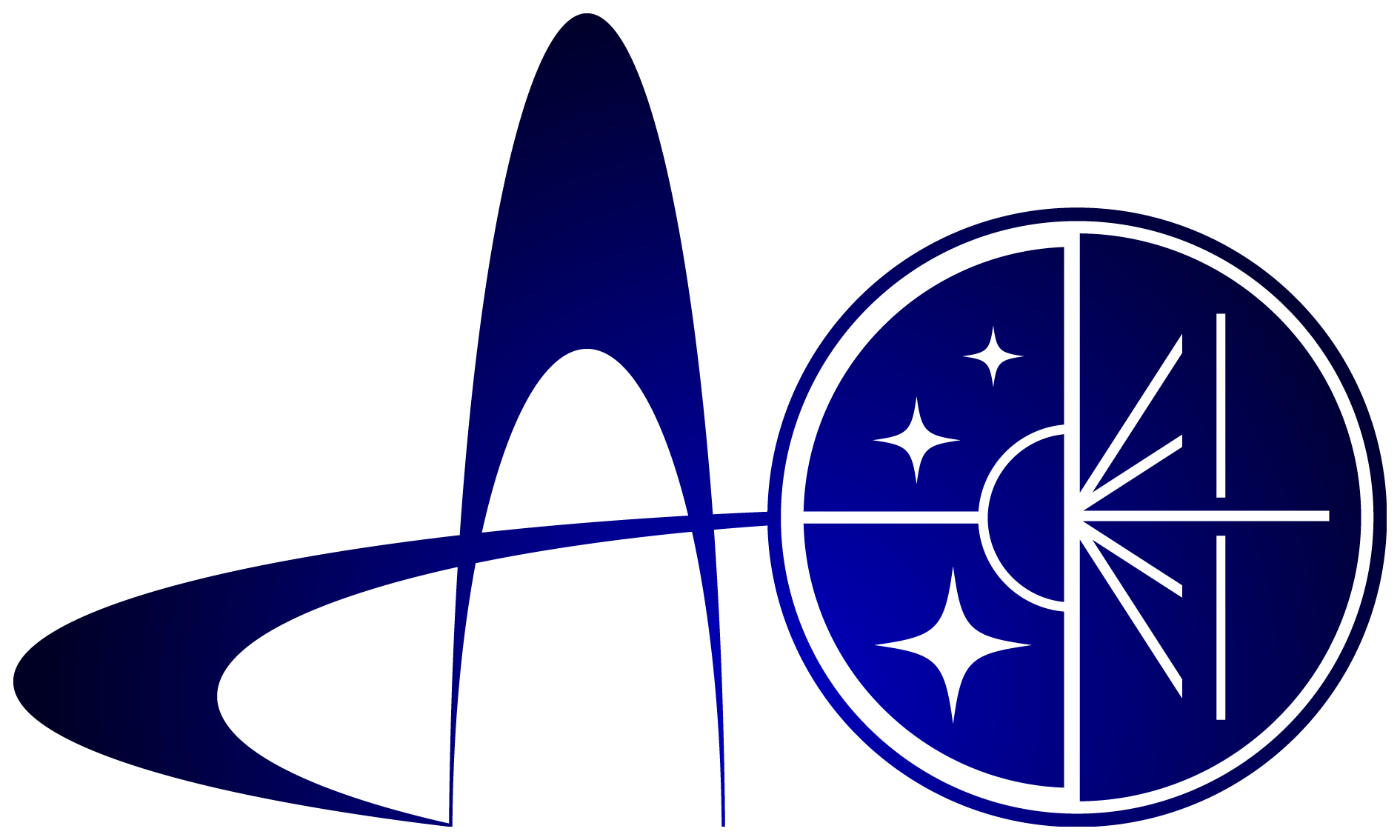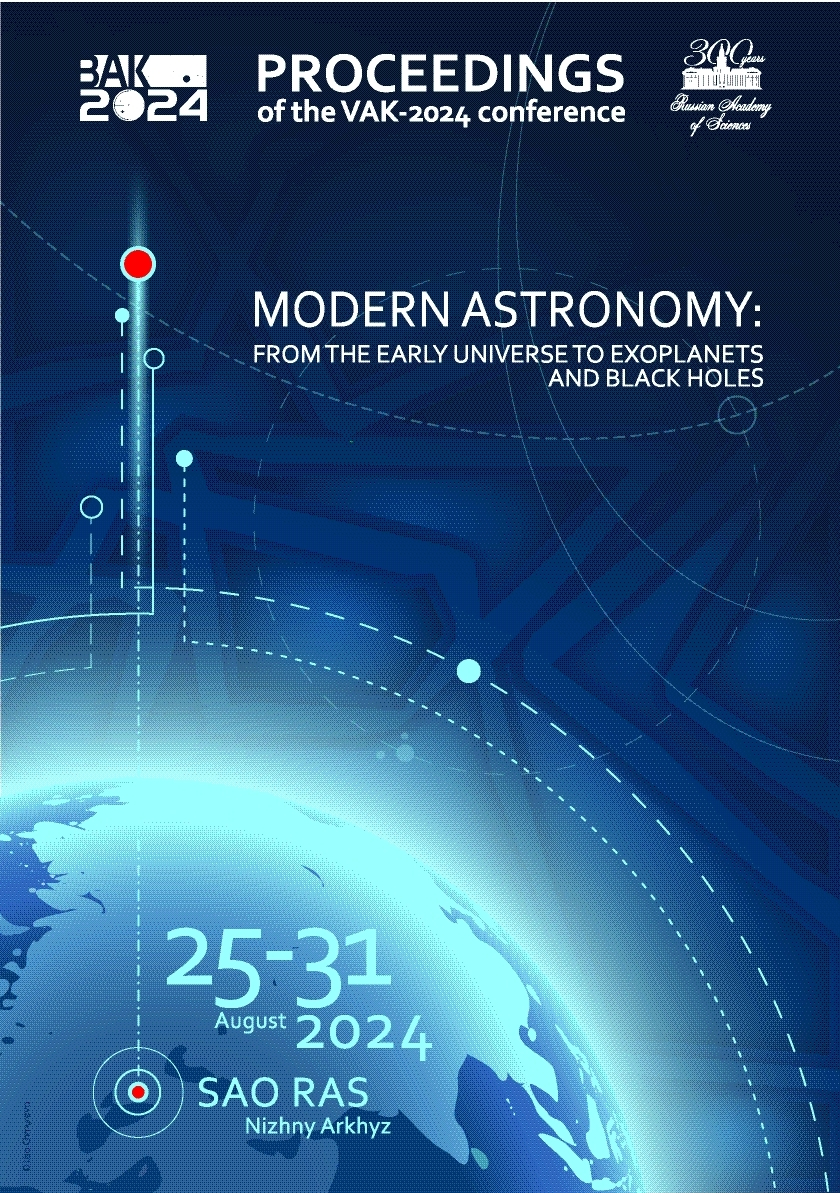Saint-Petersburg University
Chelyabinsk State University
UDC 53
UDC 520
UDC 521
UDC 523
UDC 524
UDC 52-1
UDC 52-6
CSCSTI 41.00
CSCSTI 29.35
CSCSTI 29.31
CSCSTI 29.33
CSCSTI 29.27
CSCSTI 29.05
Russian Classification of Professions by Education 03.06.01
Russian Classification of Professions by Education 03.05.01
Russian Classification of Professions by Education 03.04.03
Russian Library and Bibliographic Classification 2
Russian Library and Bibliographic Classification 223
Russian Trade and Bibliographic Classification 614
Russian Trade and Bibliographic Classification 6135
BISAC SCI004000 Astronomy
BISAC SCI005000 Physics / Astrophysics
The paper discusses a numerical model that explores the dynamics of dust particles and small bodies within accretion disks that contain fossil magnetic fields. The model equations include gravitational force, centrifugal force, and drag force depending on particle size and speed. The disk structure is simulated using the magnetohydrodynamic model of Dudorov and Khaibrakhmanov, taking into account the effect of magnetic tensions on gas rotation speed. The dynamics of particles ranging in size from $10^{-4}$ cm to $10^2$ cm in an accretion disk of a typical T Tauri star are modeled. The simulations indicate that the dynamics of particles with a size of 1 m consists in fast sedimentation towards the midplane, followed by a slower radial drift. Sedimentation is accompanied by damped oscillations around the midplane. The slowdown of gas rotation due to magnetic tension leads to an increase in radial drift speed at the disk's periphery. Therefore, the depletion of solid particles in the outer regions of the disks and their accumulation in the “dead” zones with weak magnetic fields may occur more rapidly in disks with magnetic fields.
ISM: magnetic fields, dust; accretion disks; magnetohydrodynamics (MHD); protoplanetary disks
1. Dudorov A. and Khaibrakhmanov S., 2014, Astrophysics and Space Science, 352, p. 103
2. Khaibrakhmanov S., 2024, Astronomical and Astrophysical Transactions, arXiv:2401.14180
3. Khaibrakhmanov S. and Dudorov A., 2022, Astronomy Reports, 99, 10, p. 832
4. Williams J. and Cieza L., 2011, Annual Review of Astronomy and Astrophysics, 49, p. 67






